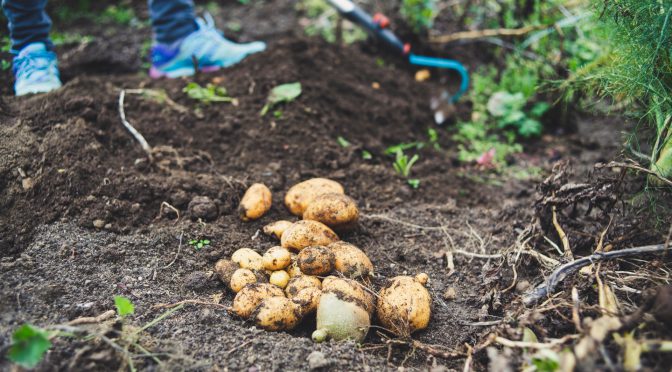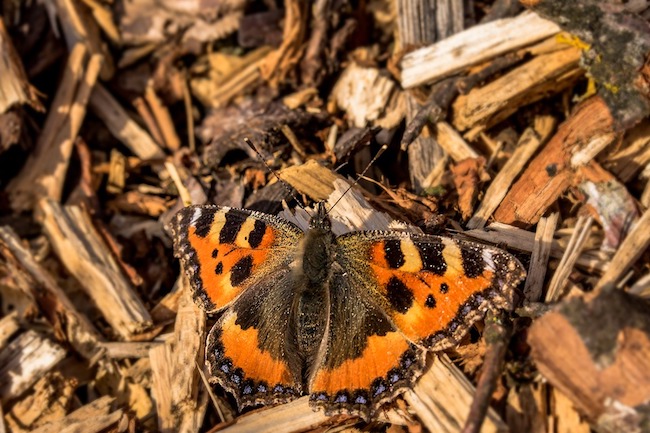Here in the Southeast, we can take advantage of relatively warm winter temperatures to create or expand gardens. One easy way to start a new plot is lasagna gardening or sheet composting. This method is entirely no-till, relatively easy, and great for building healthy soil.
Benefits of a Lasagna Garden
- There’s no need for a rototiller.
- You don’t need to start with good soil.
- Lasagna gardens are full of beneficial fungus, microbes, and insects.
- All you need is waste! You can find many materials for free or cheap.
- You can start them in the fall or winter.
Designing Your Garden
One of the excellent features of lasagna gardening is that it’s simple to make any design you desire. There’s no need to stick to squares or rectangles for ease of tilling. Circular, keyhole, or irregularly shaped gardens look great.
You may want to layout your garden with some stakes and string, or you can just get started with the bottom layer.
Creating Layers
Typically, the first layer of a lasagna garden is cardboard or newspaper laid directly over the grass. However, you can make do without it if needed. Avoid any shiny cardboard or paper, like from magazines. If you have tough, spreading weeds like crabgrass, you may want to dig them out in a wide border under and outside the cardboard area.
Brown Materials
Next, you’ll add “brown” or carbon-rich materials, just like you would a compost pile. Brown materials include straw, hay, pine needles, shredded paper, woodchips, wood shavings, and dry leaves.
Green Materials
Then you’ll add a layer of “green” or nitrogen-rich materials. Green materials include grass clippings, livestock manure, vegetable scraps, seaweed, coffee grounds, and plant clippings.
Alternate between layers until the pile is at least roughly two feet tall. Don’t worry; it will shrink surprisingly quickly as the material begins to compost.
If you’d like to give your garden a little boost, you can also add a thin layer of compost to the top to help get things going.
Let it Rest
Now, it becomes mostly about waiting. Your new garden needs time to break down and become a thick layer of compost. Fall and winter are perfect for this in the Southeast. Winter rains will help keep it moist. If you decide to create a lasagna garden in the summer, you may need to water it occasionally to help it break down.
Planting
If you start a lasagna garden now, it should be ready to plant in spring. You can grow in a lasagna garden just as you would in a tilled garden. If the material doesn’t seem to have broken down completely, you can start with vegetables like greens, beans, and squash before planting any root crops or larger transplants.
Maintenance
Throughout the growing season, you should continue to add mulch to your lasagna garden. This helps prevent weeds, hold moisture, and continue to build soil.
Creating a lasagna garden is a great fall or winter project for gardeners in the Southeast. Use waste to create healthy, productive soil!
Looking for another option? Check out How to Build a Hugelkultur Garden Bed.





